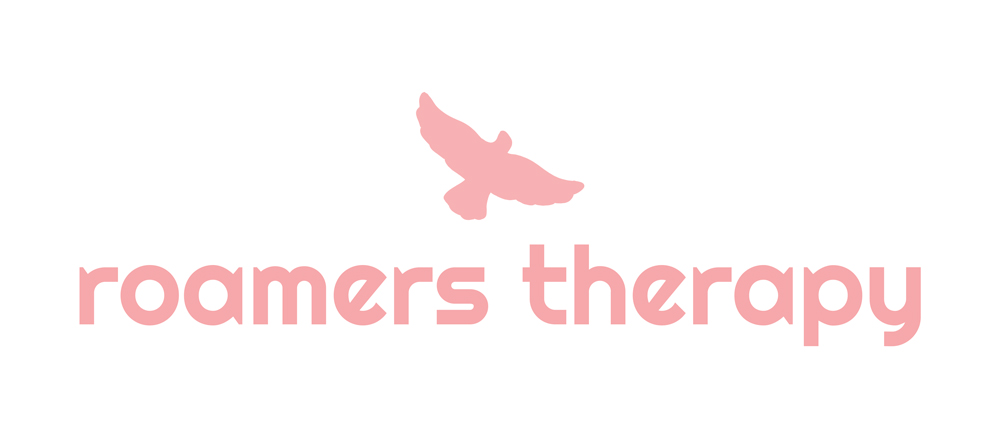How our senses can help us self-soothe
Self-soothing refers to behaviors we can engage in to minimize the intensity of our symptoms when we are feeling anxious, depressed, triggered, or otherwise dysregulated. It is something we can do on our own to tolerate distress and prevent pain from becoming suffering.
Sight
Sight can be a powerful self-soothing mechanism. Sometimes when we are triggered, thoughts and images might flood our minds. Replacing these images with pleasant ones can be a great way to decrease the intensity of symptoms.
Try:
- Looking at pictures or photographs that evoke feelings of happiness
- Changing scenery i.e., going for a walk
- Watching videos, shows, or movies that bring comfort
- Creating imaginative imagery in your head
Sound
Sound and hearing can also be useful self-soothing mechanisms. This is especially helpful when we may be spiraling or experiencing racing thoughts. It’s often harder to focus on racing thoughts if we listen to pleasant or relaxing sounds.
Try:
- Making a comforting playlist and then listening to it
- Listening to an audiobook or podcast
- Listening to guided meditations or relaxing white noise sounds
- Creating audible journals and playing them back.
Smell
If we are feeling anxious, certain scents or aromas can bring calming feelings. If we are feeling sad, other scents can make us feel happy or remind us of better times.
Try:
- Buying candles, oil diffusers, or incense that smell pleasant to you
- Smelling perfumes or fragrances that remind you of positive memories or people
- Smelling flowers or plants
- Cooking and smelling the different aromas
Taste
Foods and other flavorful items can impact our mood. This is because our gut is responsible for making about 95% of all our serotonin. Sometimes a small snack or a meal can help us when we are feeling low.
Try:
- Keeping snacks nearby that make you feel good and provide energy
- Making sure you are eating routinely and not going too long without food
- Routinely indulging in foods and snacks that provide comfort
- Practicing maintaining good oral hygiene to keep those taste buds healthy
Touch
Touch can be a hard one to practice because we often seek this type of comfort from other people, which is okay! Sometimes those people are not around and we want to provide ourselves comfort.
Try:
- Taking warm baths or showers
- Wearing snuggly or soft clothes, fabrics, or blankets
- Petting an animal or letting them lay on you
- Using stimulation toys, like fidget spinners
- Holding your hands or giving yourself a squeeze (like a self-hug) can make you feel safe
Take-Aways
We all experience stressful times, sadness, triggers, anger, and many other unpleasant emotions. Self-soothing can help us decrease the intensity of those experiences on our own and allow us to manage stress better.
Try incorporating the five senses in your relaxation techniques (sight, sound, smell, taste, and touch). Sometimes, the best techniques incorporate more than one sense (like cooking: touch, smell, taste).
It may take some exploration and practice to identify what works for you – don’t give up!
This page is also part of the Roamers Therapy Glossary; a collection of mental-health related definitions that are written by our therapists.
While our offices are currently located at the South Loop neighborhood of Downtown Chicago, Illinois, we also welcome and serve clients for online therapy from anywhere in Illinois and Washington, D.C. Clients from the Chicagoland area may choose in-office or online therapy and usually commute from surrounding areas such as River North, West Loop, Gold Coast, Old Town, Lincoln Park, Lake View, Rogers Park, Logan Square, Pilsen, Bridgeport, Little Village, Bronzeville, South Shore, Hyde Park, Back of the Yards, Wicker Park, Bucktown and many more. You can visit our contact page to access detailed information on our office location.
